Do thank-you gifts actually increase contributions? According to a recent article in The Wall Street Journal, two Yale University researchers tried to answer this question in a 2012 study of charitable behavior.
Once again, research shows that using fundraising incentive gifts don’t work. In fact, “We found when you offer a thank-you gift as part of an initial donation request—such as a pen, tote bag, or mug—people end up donating less than if you just asked them how much they’d be willing to donate,” says George E. Newman, an assistant professor of organizational behavior at Yale’s School of Management.
“People seem to be concerned that if they were to accept the thank-you gift, it would create ambiguity about their reasons for giving,” adds Newman. “There’s actually a very long literature in psychology on this idea, known as the ‘crowding-out’ effect, where a person’s intrinsic motivation ends up decreasing once an external incentive is added.”
On the other hand, Roger Dooley, neuromarketing expert and author, says that using free address labels, greeting cards, and other items that show up in your mailbox, accompanied by a request for a donation, actually do work.
“The psychological principle involved is ‘reciprocity’ – when you get those mailing labels, you feel a subtle urge to reciprocate by making a donation. There is even data that shows the size of the gift accompanying the request can have a big influence on donations.”
He goes onto say that “while mass mailings will generally use inexpensive items like labels and cards, don’t overlook the possibility of more targeted gifts to potential major donors. A package will have a much bigger impact than an envelope, and even a modest gift may be enough of a reciprocity trigger for the donor to agree to an in-person meeting, for example, or make an immediate contribution.”
What hasn’t been studied thoroughly is using promotional products in a wholly different way. We advise our clients to send thank you gifts after donors make donations - without any advance notice.
What’s so smart about this?
This way, charities are using the element of surprise while showing their appreciation. Donors don’t expect a thank-you gift and so, it can’t interfere with their intrinsic motivation to give.
Plus, when charities ask donors to use these products in public to show their support and help raise brand awareness for the cause, these items take on a whole new meaning. Now, donors are part of spreading the word for their favorite charities as brand ambassadors. See the difference?
Dooley agrees. “It’s reasonable to expect that an appropriate thank-you gift might leave a positive impression with the donor without a crowding out effect at the time of the next solicitation.”
Until we see a thorough study on this way to use donor gifts, it’s a good idea to test it out.
Have you ever tried this? What were your organization’s results?
Related Resources:
Give Big, Get Bigger, by Roger Dooley
 Copyright protected by Digiprove © 2013 Elaine Fogel
Copyright protected by Digiprove © 2013 Elaine FogelLiked this post? Follow this blog to get more.

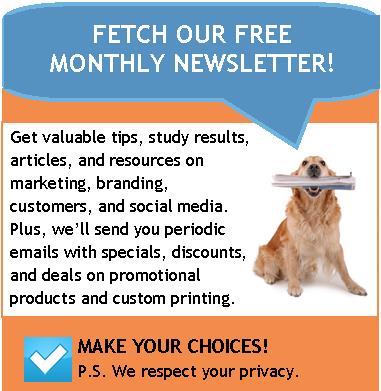


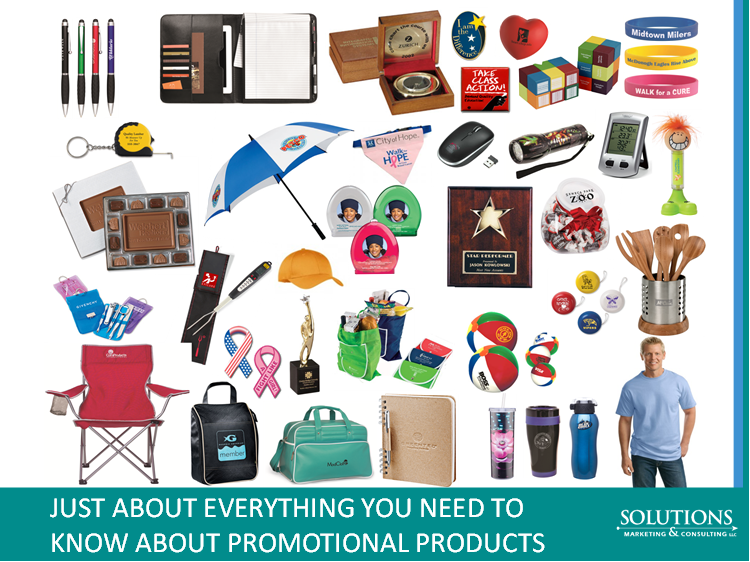


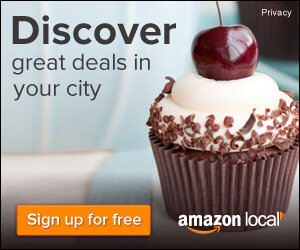
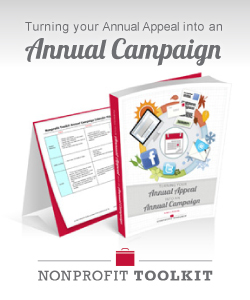
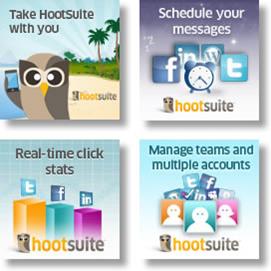
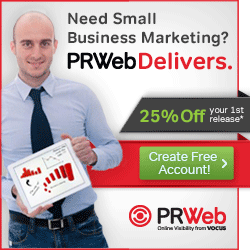








Have Your Say!